A Beautiful Island with a Terrible Secret

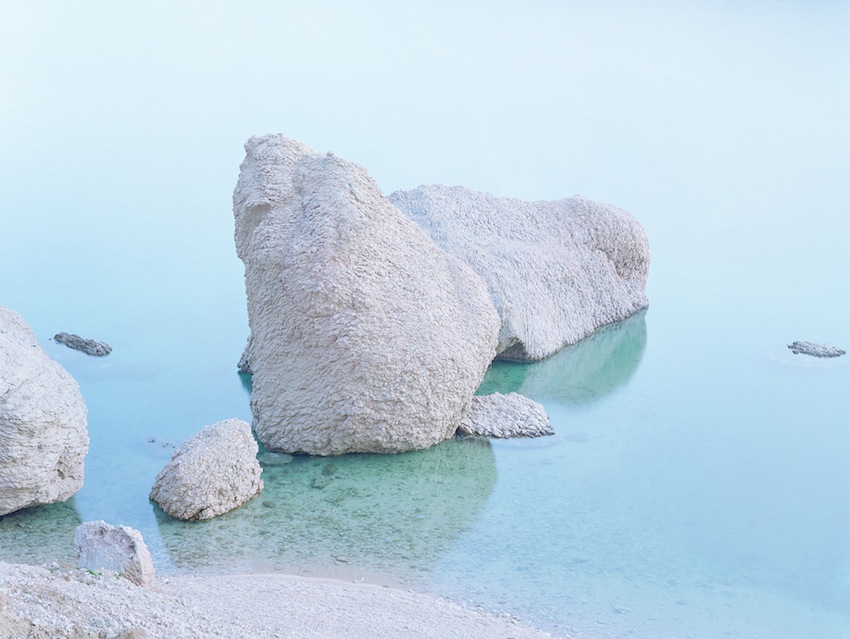
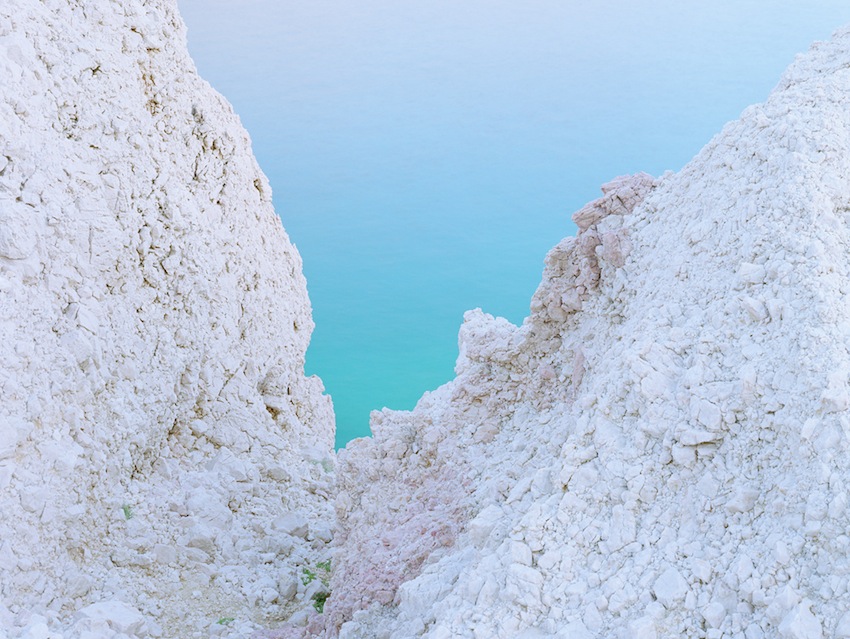

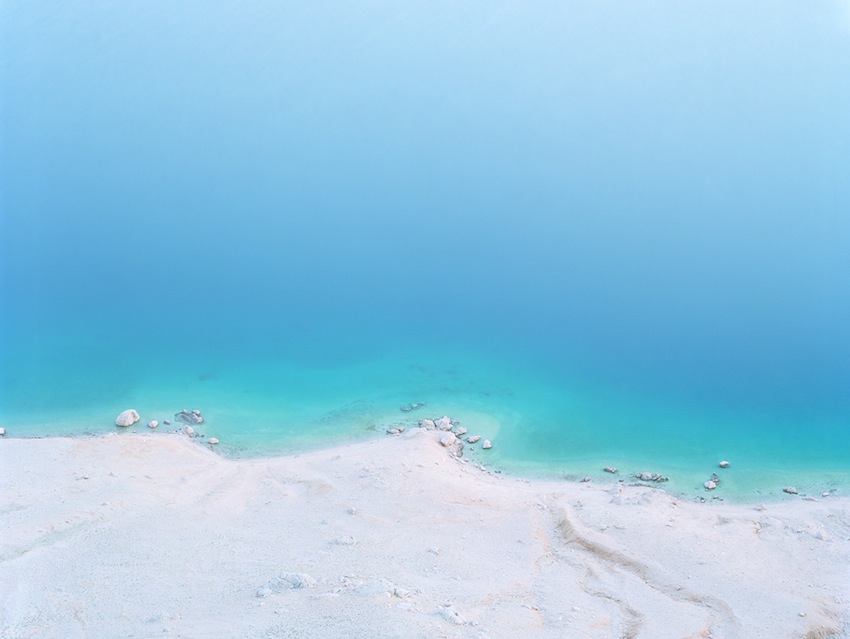
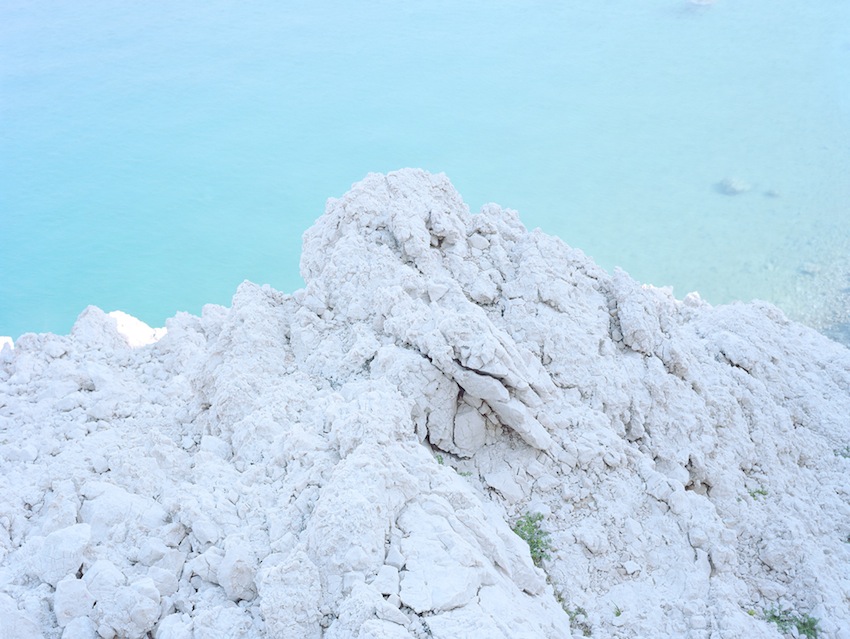
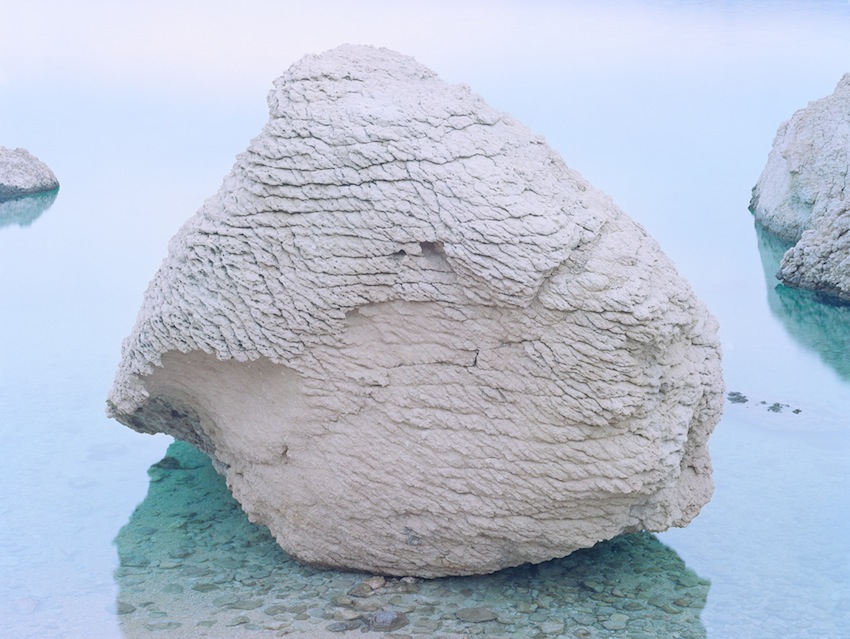
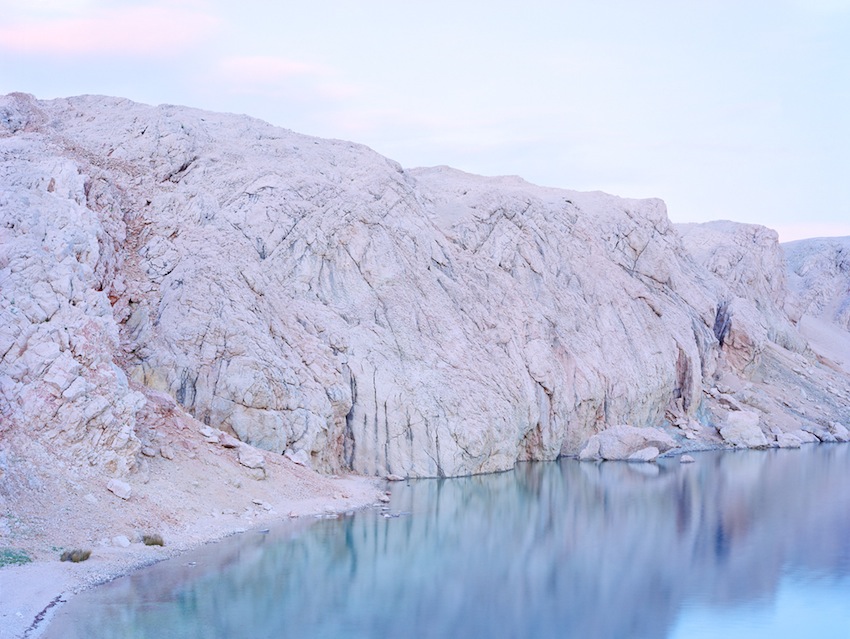
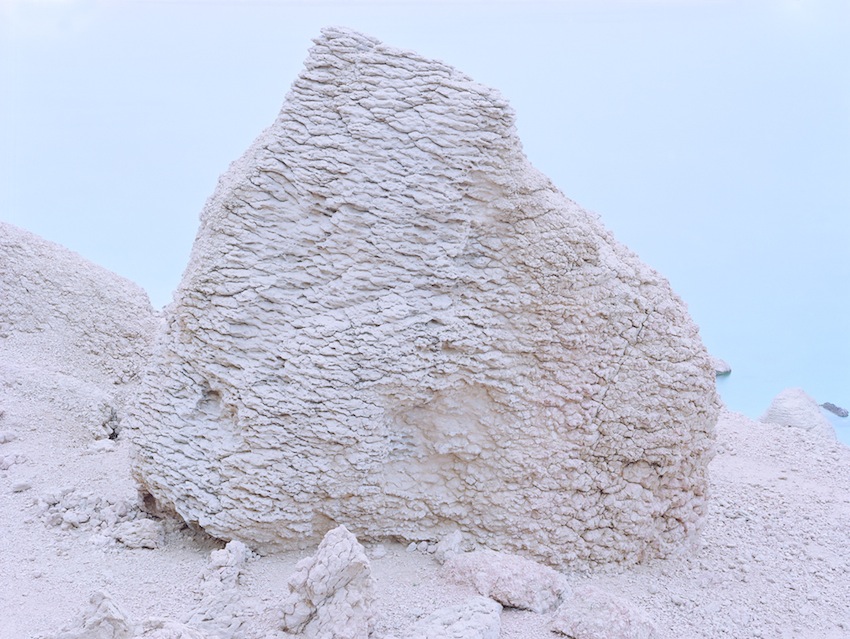
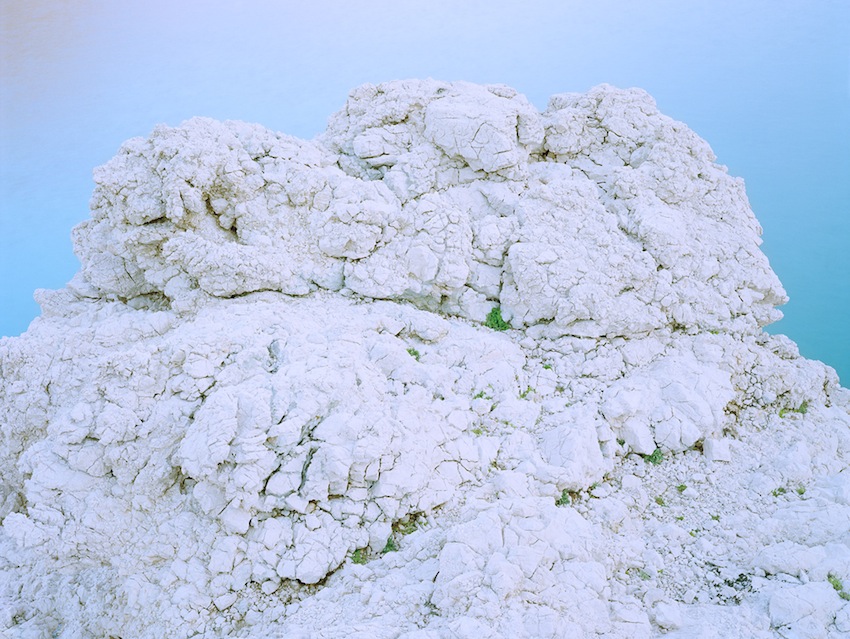
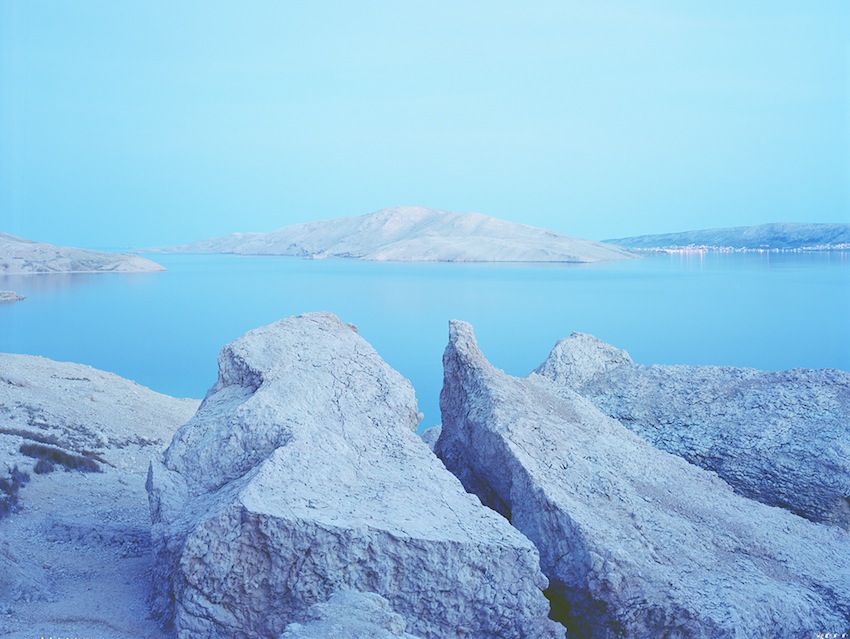
Luca Tombolini (we previously featured him here) is a 35 year-old Italian photographer who creates landscape photography series imbued with philosophical questions about time, space and our place in the universe.
For his most recent series LS VII: Memoria, Luca photographed the island of Pag, in Croatia, a splendid location which holds a terrible secret: in 1941, part of the island was transformed into a concentration camp by a local fascist group.
Hello Luca, thank you for this interview. What are your main interests as a photographer?
Thanks for having me. Photography is a way to explore my fascination with desert primordial places. Part of the reason why I am attracted to them certainly lies in how beautiful they look, but my interest is also due to the fact that no other kind of place can inspire questions on themes beyond our limited lifetime.
Despite the beautiful scenery shown in the pictures, LS VII: Memoria deals with a very tragic story. Can you talk a bit about it?
I took the pictures in the Metajna peninsula of Pag Island, in Croatia. In the summer of 1941, for three months only, this place was turned into a concentration camp run by the Ustashas [a Croatian fascist organization active between 1929 and 1945], who intended to purify the newly founded Independent State of Croatia from Serbs, Jews and Croatian communists. The exact number of those who died here could never be established, but it’s estimated to be between 4,000 and 12,000. It’s a territory greatly unfit for living: the landscape features hills of very sharp white limestone rocks, with no drinkable water or vegetation.
The area also became a training camp where young Ustashas were taught by older officials how to rape women, humiliate and murder inmates. The camp was closed in September of 1941, when the Italian fascists took it over and sanitized it.
How did you come to know of this historic episode, and why did you decide to do a project about it?
I knew there was a World War II concentration camp somewhere around the location I wanted to photograph at, but I wasn’t sure how the story would fit my process. But I tried anyway – I exposed myself to the feelings the place elicited.
It was like solving a puzzle. At the beginning everything feels calm and serene, because this is indeed what those white limestone hills running into the blue sea look like. There are very few and unnoticeable signs left to testify the presence of the camp; but as the days went by I started putting the clues together: a rocky road, some stone walls, a few traces of wrecked homes, and walls of barracks. Then, one night I learned of the terrible stories vividly described by the few who survived the camp, which can be read here.
With the last piece of the puzzle falling into place, I became ovewhelmed by the whole story. I walked on those stones full of respect, breathing quietly and staring into the void. I will do a limited edition of 5 prints (100×133 cm) of this series, and all earnings will go to the victims’ association.
Based on what did you choose which particular spots of Pag Island to shoot, exactly?
I decided to shoot around the two areas where the groups of inmates were kept. Women stayed in two houses at the edge of the Metajna village, while men were roughly 3,5 kilometers further south of the peninsula, where the real rocky desert is. On the path connecting these two spots, I’ve photographed in locations that I found relevant to my own vision.
Much of your landscape photography seems inspired by philosophical and even existential themes.
My process has to do with contemplation, the Self, the Unconscious and the perceived reality. I’ve found photography to work particularly well when it comes down to reflecting about time. An image can freeze time or seemingly compress it, as if the depicted moment could go on forever. The latter was the impression I had when I first developed my early landscapes series.
I spend a lot of time traveling in the places I choose to photograph, it’s a necessary step for me to get rid of daily life superstructure: at this stage, my hope is to invite the viewer to perceive my landscape photographs as an abstract object, and use it as a door to the blank page that describes the Whole out of our senses. When i first got to this concept i found it helpless but yet so fascinating i could look nowhere else any longer.
What have been the main influences on your photography?
Visual artist Hiroshi Sugimoto and his practice straddling photography and philosophy played a big role when I had to theorize what I was trying to do with my own photography. As far as aesthetics go, I should mention Massimo Vitali and Thomas Struth, with whom I share a preference for large format photography, as well as part of the scanning and printing workflow.
Who are some of your favorite contemporary photographers?
There are many whose work I love. The three mentioned above are my biggest inspiration, but I could Martina Hoogland-Ivanow, Stephen Shore, Roger Ballen, Viviane Sassen, Bryan Schutmaat and Alexander Gronsky.
Do you have any other passion beside photography?
Traveling is already a prominent part of my photography, so I’d say music, sports – tennis, trekking and kayak in particular – and learning new, interesting facts on YouTube.
Choose your #threewordsforphotography.
Definition. Dust. Journey.
Keep looking...
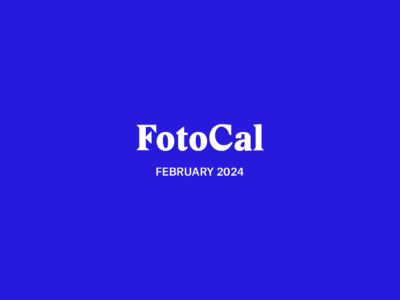
FotoCal — Photography Awards, Grants and Open Calls Closing in February 2024
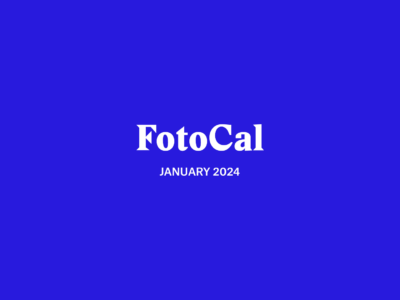
FotoCal — Photography Awards, Grants and Open Calls Closing in January 2024
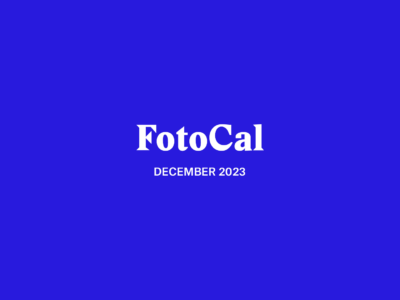
FotoCal — Photography Awards, Grants and Open Calls Closing in December 2023

FotoCal — Photography Awards, Grants and Open Calls Closing in November 2023
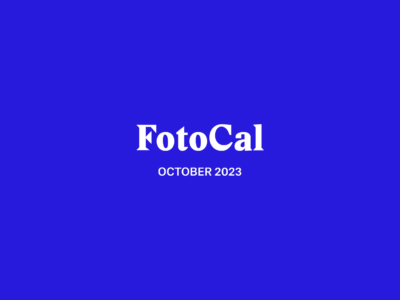
FotoCal — Photography Awards, Grants and Open Calls Closing in October 2023
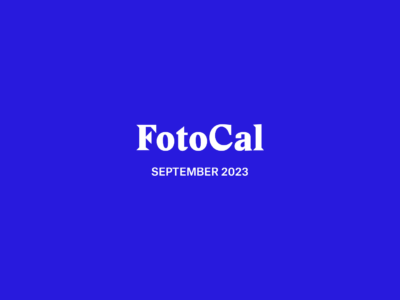
FotoCal — Photography Awards, Grants and Open Calls Closing in September 2023

FotoCal — Photography Awards, Grants and Open Calls Closing in August 2023




